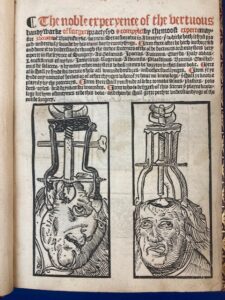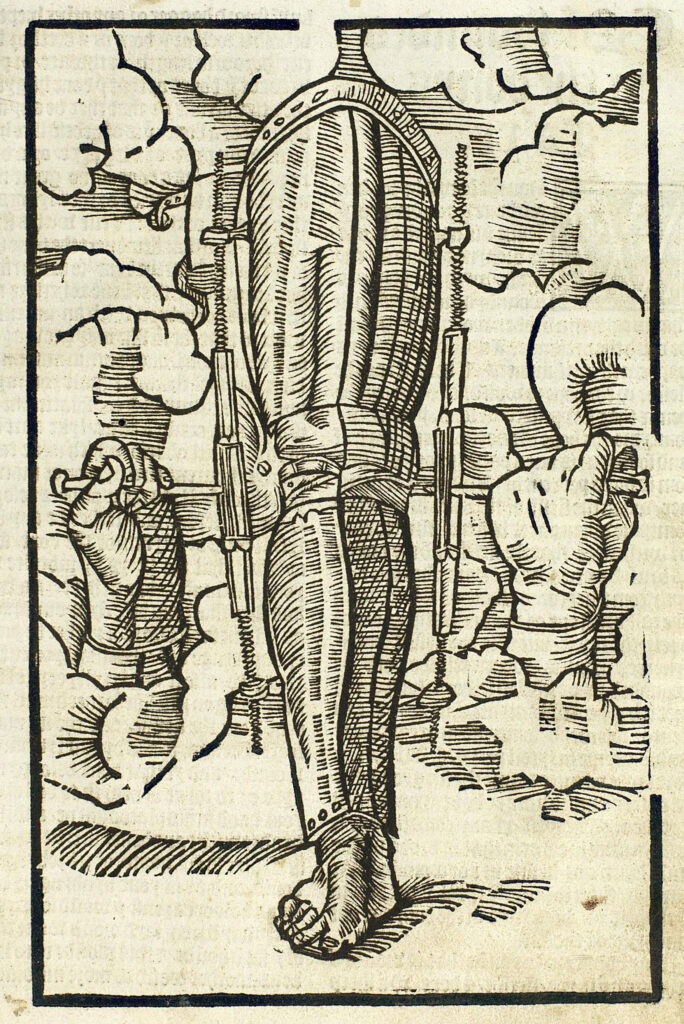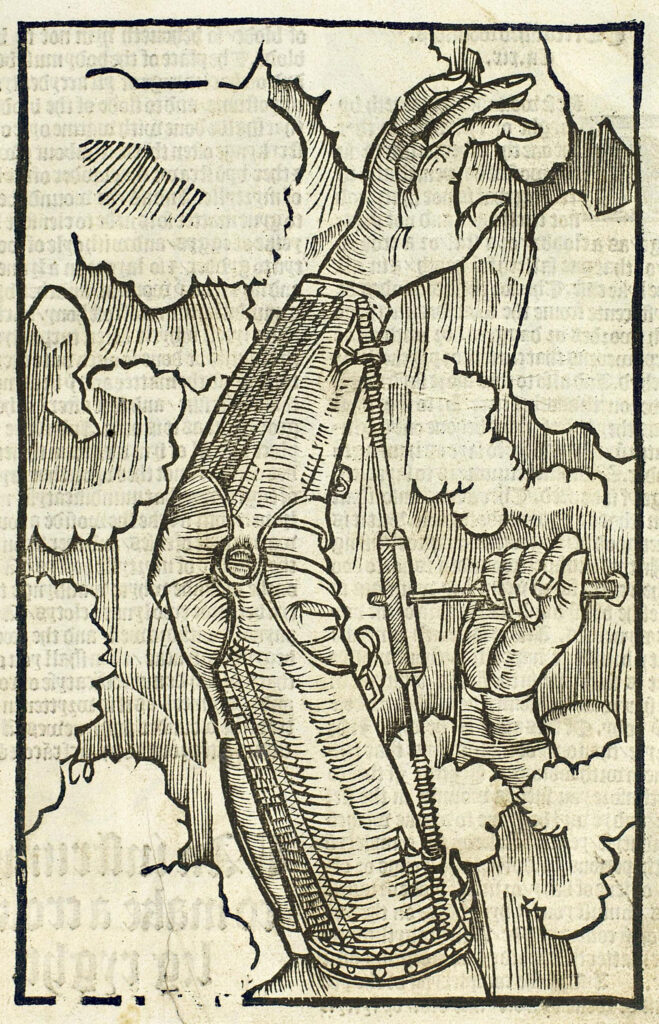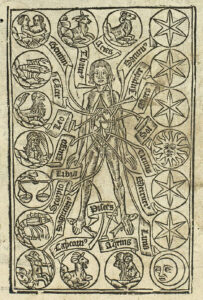– by Shirley Choi, Library Administrative Assistant
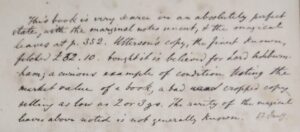
The rarity of the magical leaves above noted is not generally known.”

From its rare leaves, clear marginalia, and (somewhat hilarious) page-turning contents, The Discouerie of Witchcraft by Reginald Scot is a beautiful and unique item in the Library. We own three editions of this work: An original 1584 edition obtained through the Fund for Rare Books in 1916, a 1665 edition (the first reprint since Scot’s death) obtained through the same fund four years later in 1920, and the third is part of our Robert L. Sadoff collection from 1930, and is no. 294 of 1275 copies printed.
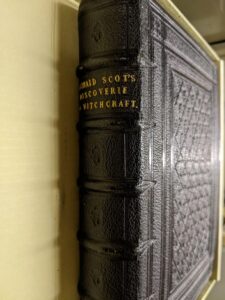
The Discouerie of Witchcraft starts with a disparagement of the idea of witchery, which claimed their supposed power– even without any credible witness– was an ignorant insult to God. Reginald Scot questioned their fortitude against “melancholie,” or mental illness, and he believed witchcraft to be superstitions from idolatry. Those who interacted with witchcraft, either the alleged perpetrators or the victims, were dismissed as “erroneous novelties and imaginary conceptions,” and those who trialed the (usually poor, intellectually disabled, and/or old) accused peoples were bad actors who “extort[ed] confessions by terrors and tortures.”
As it directly opposed the monarchy’s belief that witchcraft was real and dangerous, The Discouerie was printed without registry and never reprinted in Scot’s lifetime. In 1597, 13 years after the publishing, Scottish King James I wrote Daemonologie in response, where he sneered at Scot in the introduction–
“so farre as I can, to resolue the doubting harts
of many; both that such assaultes of Sathan are most certainly
practized, & that the instrumentes thereof, merits most severly
to be punished: against the damnable opinions of two principally
in our age, wherof the one called SCOT an Englishman, is not
ashamed in publike print to deny, that ther can be such a thing as
Witch-craft: and so mainteines the old error of the Sadducees,
in denying of spirits.”

Physician and Chemist Edward Jorden testified during the 1602 trial of Elizabeth Jackson, an elderly neighbor who was accused by teenager Mary Glover of bewitching her. He called her a faker suffering from Passio Hysterica, or hysteria. The judge was not convinced. However, it was convincing enough for the public and several advocates to free Jackson from death (she instead served a prison sentence and spent time in pillories).
The 1600s was a violent time of enlightenment from superstition and beliefs, with emerging skeptics amid feverous witch hunts. King James I ascended to the English throne and reprinted Daemonlogie in 1603, reemphasizing the governing position.

Scot decided to take a strange turn midway through the 16 books (or sections). He transformed the treatise into an extensive guide of summoning faeries, magic tricks and illusions, with the addition of celestial tables and magic circles. He made generous mentions of Sibylia, the “gentle virgine of fairies,” and insisted upon invoking the names of other faeries like Milia and Achilia to complete spells.

Not just for summoning faeries, Scot instructed us how to play card tricks and other classic magician acts, such as: “How to deliver out foure aces, and to convert them into foure knaves,” he shared. “How to tell one what card he seeth in the bottome, when the same card is shuffled
into the stocke,” and my favorite, “To tell one without confederacie what card he thinketh.”
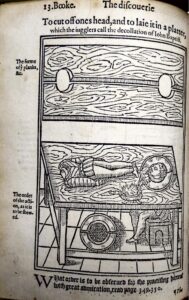
which the jugglers call the decollation of John Baptist.” pg 352.
The entire e-text of The Discouerie of Witchcraft is freely available on Project Gutenberg. Highly recommended for those who are easily bored or need a faerie spell refresher.
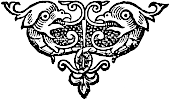
Sources:
“The Reception of Reginald Scot’s Discovery of Witchcraft: Witchcraft, Magic, and Radical Religion,” S. F. Davies
“The Discouerie of Witchcraft,” editor Brinsley Nicholson. 1886 Reprint of 1584 edition, Gutenberg eBook.


